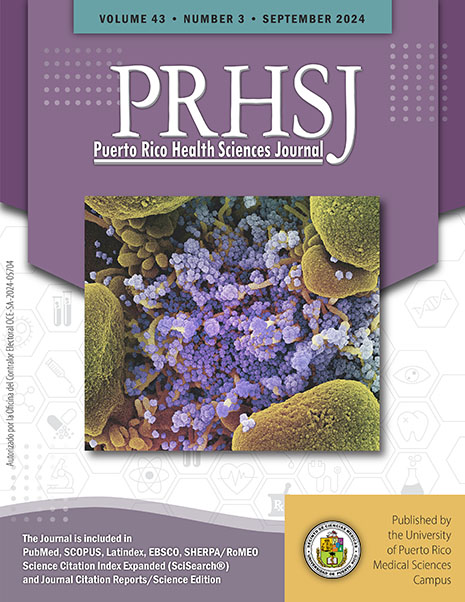Abstract
Objective: Direct-acting antiviral (DAA) drugs have resulted in high rates of virological cure in chronic hepatitis C (CHC)–infected patients. We used noninvasive tests to assess fibrosis in subjects who had been cured with DAA. Methods: Retrospective data collection (2014-2019) from the medical record of CHC patients at the hepatology clinic was performed. Subjects co-infected with HIV and hepatitis B, post–liver transplant, and lost to follow-up were excluded. We evaluated fibrosis at baseline and 1 year after completing therapy using vibration-controlled transient elastography (VCTE), fibrosis-4 (FIB-4), and aspartate aminotransferase-toplatelet ratio index (APRI) scores. Results: With 210 medical records reviewed, 41 were included. The mean age was 62.8 years; 61% were men. Significant fibrosis regression was observed 1-year post-treatment using 3 noninvasive methods: VCTE, APRI, and FIB-4 score. Prior to treatment, 46% of the patients had advanced fibrosis compared to 25% 1 year after treatment. The VCTE scores of 4 subjects (with body mass indices [BMIs] > 30) indicated a worsening of fibrosis. We did not find a statistically significant association between BMI and VCTE, FIB-4, or APRI score. Conclusion: In most CHC patients, DAA therapy leads to liver fibrosis regression. Obesity may play an important role in the worsening of hepatic fibrosis or the absence of fibrosis regression.
Authors who publish with this journal agree to the following terms:
a. Authors retain copyright and grant the journal right of first publication with the work simultaneously licensed under a Creative Commons Attribution License that allows others to share the work with an acknowledgement of the work's authorship and initial publication in this journal.
b. Authors are able to enter into separate, additional contractual arrangements for the non-exclusive distribution of the journal's published version of the work (e.g., post it to an institutional repository or publish it in a book), with an acknowledgement of its initial publication in this journal.
c. Authors are permitted and encouraged to post their work online (e.g., in institutional repositories or on their website) prior to and during the submission process, as it can lead to productive exchanges, as well as earlier and greater citation of published work (See The Effect of Open Access).
